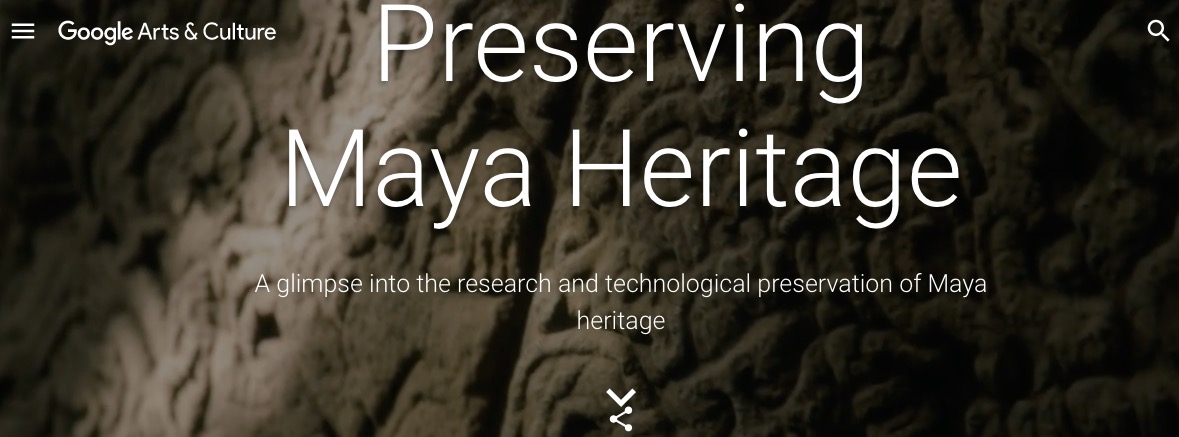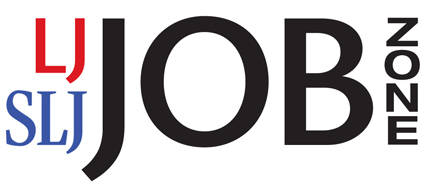New Online: A British Museum and Google Partnership Allows Users to Explore the Heritage of the Maya of Central America
Over the past year, the British Museum has been collaborating with Google Arts and Culture on a project to digitally preserve the Museum’s collection of casts and glass plate photographs of ancient Maya sites and monuments. This unparalleled repository of Maya writing and iconography is the legacy of Alfred Percival Maudslay, a Victorian ‘explorer’ whose life and work contributed immeasurably to the study of the ancient Maya from Central America.
[Clip]
Over 800 glass plate negatives are still stored at the Museum in their original wooden boxes, especially created by Maudslay to protect them on their journey through the jungle.
The partnership with Google Arts and Culture has made it possible to scan these exceptional images at ultra-high resolution, allowing for almost unlimited zoom and the consequent discovery of myriad overlooked details. With no pixels to constrain his work, and captured directly onto large format plates, Maudslay’s photographs are of a quality as yet unmatched by digital photographic methods.
[Clip]
Despite the magnificence of his photographs, it is perhaps his 500 casts of dozens of monuments that are most valued by scholars. In 1882, Maudslay learnt the art of paper moulding, a technique which had been developed only twenty years earlier as an easy, cheap and lightweight solution for capturing and reproducing carvings on the façades of archaeological monuments in remote areas of the world.
The Google Maya Project was born out of both fortune and circumstance. The casts are scheduled to be transferred from their current location in storage in West London. Practical considerations around the continued accessibility of this valuable resource led to a proposal to 3D scan all of the casts and make them digitally accessible to scholars and a broader public.
Learn More About Alfred Percival Maudslay and the Project via the Complete British Museum Blog Post

From the The Keyword/Google:
In a new set of exhibits, you can rotate incredibly detailed 3D models of ancient Maya art, take 360 virtual tours of the ancient sites of Tikal and Quirigua, and dive into numerous multimedia exhibits and 12 magical Street View panoramas of ancient sites and museums across Guatemala. Here are just a few things you can discover about one of the largest indigenous American populations, who their ancestors were, and what we can learn from them today:
Filed under: Journal Articles, News, Open Access, Patrons and Users, Preservation
About Gary Price
Gary Price (gprice@gmail.com) is a librarian, writer, consultant, and frequent conference speaker based in the Washington D.C. metro area. He earned his MLIS degree from Wayne State University in Detroit. Price has won several awards including the SLA Innovations in Technology Award and Alumnus of the Year from the Wayne St. University Library and Information Science Program. From 2006-2009 he was Director of Online Information Services at Ask.com.


